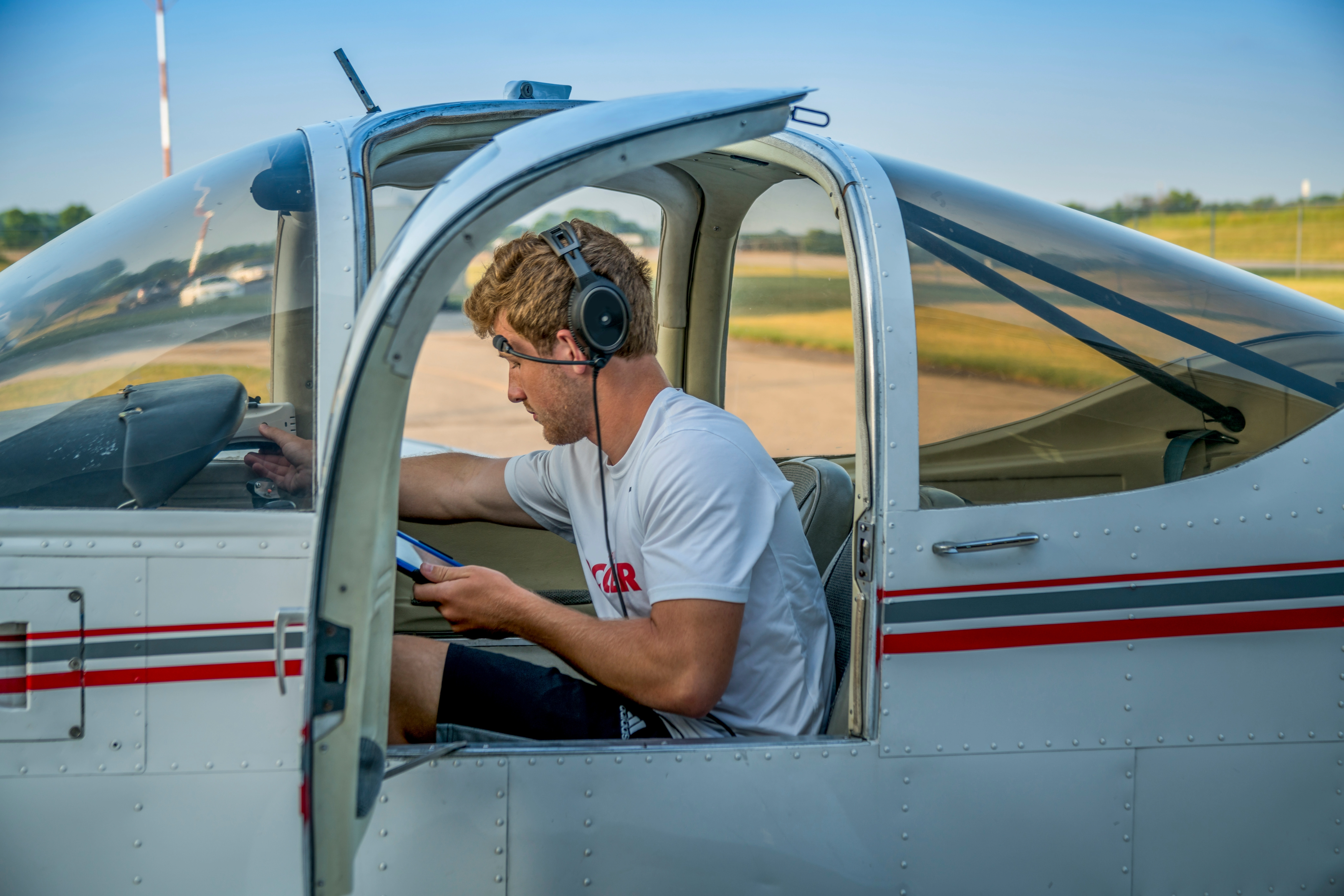The Top IFR Mistakes: Choosing an Approach Too Late
Editor's Note: This article is the fourth installment in a five-part series by Master CFI/CFII/MEI Gary Reeves, which discusses the most common mistakes he sees good IFR pilots and CFIIs keep making (and how you can avoid them).
The best way to make single-pilot IFR easier and safer is to reduce workload and the number of decisions you make, especially later in the flight. Plenty of good pilots commonly — and, in my opinion, mistakenly — wait until they are close enough to their destination to hear the ATIS before planning an approach. This method has three problems.
- The approach on the ATIS may not be the best approach.
- Loading an approach after the airport in the flight plan creates a break.
- It adds to decision fatigue during the most critical phase of the flight.
How it happens
When listening to an ATIS, you commonly hear an ILS approach advertised as the approach in use. However, the LPV overlay is always more accurate, less sensitive to outside interference, easier for most autopilots to fly, and doesn’t cause overcorrecting due to angular deviation.
The only reason ATC lists the ILS approach as ‘in use’ is because it’s the lowest common denominator. Some airplanes don’t have WAAS GPS; take the Southwest Airlines fleet, for example.
ATC does not want you to fly the ILS. The LPV is usually the same fixes anyway, and because it’s more stable, you are less likely to go missed and clutter their airspace.
Adding an approach while you are flying increases workload and decision fatigue, and it breaks the flight plan by adding a discontinuity (gap in route) because you put the approach after the airport. Think of it this way: Would you overfly the center of the airport, fly 20 miles south, turn around, and then fly the approach back to the airport?
A better way
Since you always get the required weather brief (91.103) and know what the winds should be when you arrive, you can pick the best approach for you and include the IAF in your flight plan.
For example, let’s say you are planning to fly from KLUD (Decatur, Texas) to KNEW (New Orleans-Lakefront, Louisiana), a 450nm trip that takes about two and a half hours in a PA32. You plan to depart at 2200z, which is three hours from now, so your estimated time of arrival would be 0030z.
The TAF says that from 0000z, the wind is predicted to be 200° at six knots. The MOS says at 2100z, the wind will be 200° at five knots, and at 0100z, it will be 230° at five-to-six knots.
Looking at the RNAV18R, I would recommend filing the following: KLUD GARL3.TYR AEX WIPIB KNEW. By filing the IAF (WIPIB) and loading the approach before you take off, you would dramatically reduce your workload during a late-night flight.
When you first check in with your final controller, New Orleans Approach (133.8), your call would be “New Orleans Approach, Saratoga 123PS, Level 7000, Direct WIPIB, RNAV 18R Full Stop, with ATIS X-RAY.” You can expect a consistent response from ATC: “Saratoga 123PS, cross WIPIB at or above 3000’ cleared for the approach.”
By planning ahead, you not only reduce your workload but you also help out ATC.
As with all my pro tips, there are always exceptions. However, in the last six years of teaching ‘IFR Mastery, Not Minimums’ courses full-time in every state in the U.S., I have only had to change approaches at my destination three or four times.
Share this
You May Also Like
These Related Articles

Padding Your Options
-1.jpeg)
Streamline Glass Cockpit Transitions in a Flight Sim
